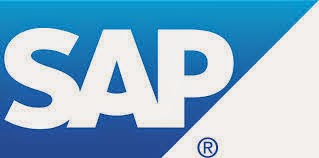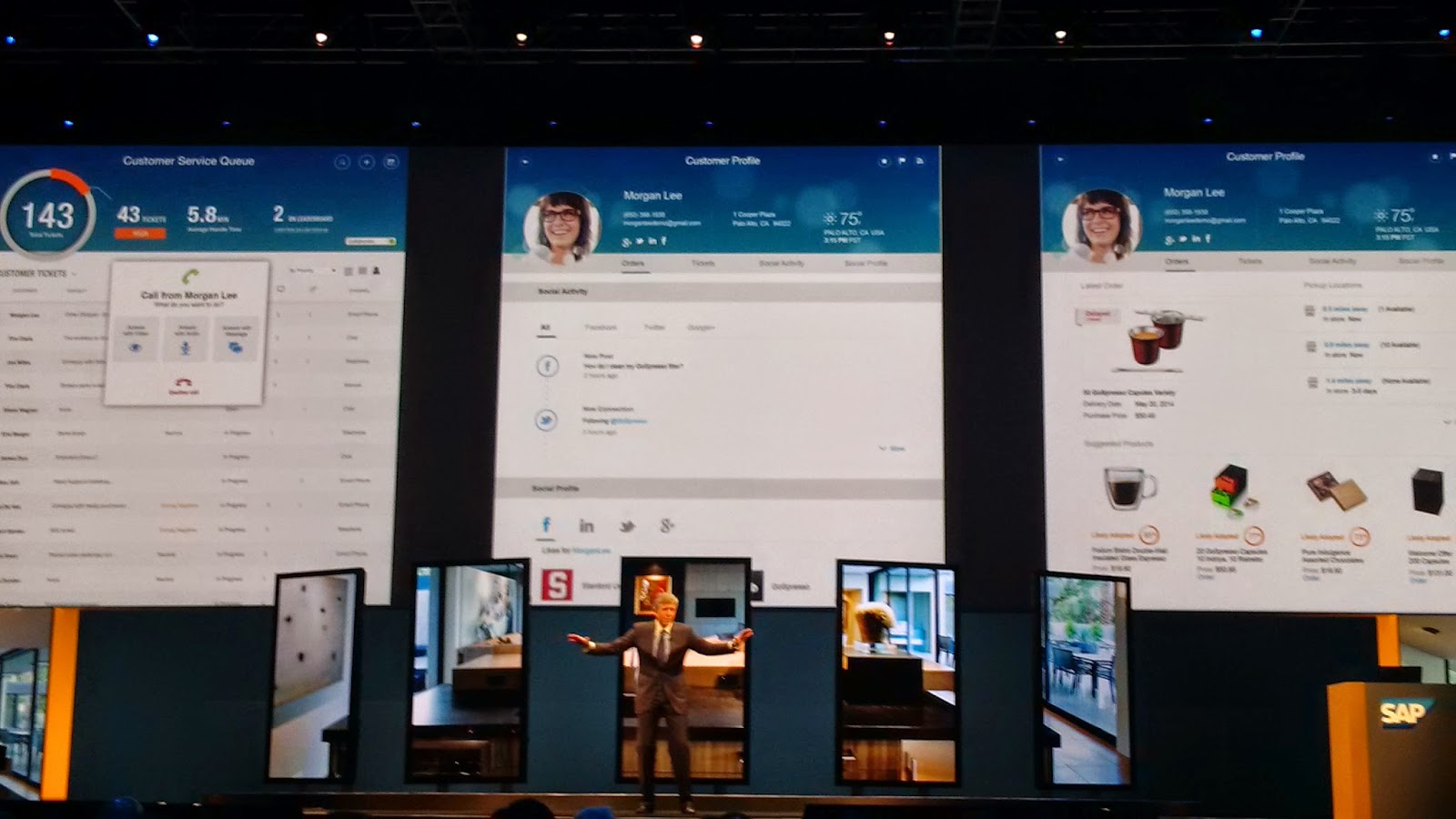Somewhat surprisingly Progress Software this morning announced the acquisition of Cincinnati based Modulus. Not so surprising if you follow Progress more closely and see the significant steps the vendor is taking to create value for its large install base.
So let’s take a look at the press release:
Progress (NASDAQ: PRGS), today announced it has acquired Cincinnati, Ohio-based Modulus, a privately held company that provides a platform-as-a-service (PaaS) for easily hosting, deploying, scaling and monitoring data-intensive, real-time applications using powerful, rapidly growing Node.js and MongoDB technologies. Financial terms were not disclosed.
MyPOV – A key move by Progress that discloses all the value propositions that Modulus brings to Progress and its customers. A fast way to deploy to deploy next generation applications leveraging PaaS techniques, node.js and MongoDB.
The Modulus Node.js and MongoDB cloud platform is designed to simplify and speed development of the new generation of scalable, always connected business and consumer apps that are constantly monitored and optimized for the best experience. The Modulus platform is ideally suited for real-time mobile, SaaS, social and Big Data apps that run across distributed devices and can seamlessly handle floods of data requests with built-in performance monitoring and analytics.
MyPOV – A good description on what Modulus does – deliver next generation applications that are highly scalable, distributed across devices and delivered through the cloud. All application attributes that Progress has been traditionally lacking for its applications, and recently (the last 2-3 years) been adding capabilities both through internal development and acquisitions.
The Modulus platform is offered both as a hosted service and can also be deployed by enterprises in public, private and hybrid clouds as well as in an on-premise infrastructure. Modulus Enterprise is the first and only enterprise Node.js PaaS available as a licensed product, allowing businesses and ISVs to deploy next-generation apps faster and at a lower total cost. With Modulus, more time can be spent on creating and modernizing apps and less time worrying about deployment infrastructure.
MyPOV – Modulus’ flexible deployment options, all the way to private cloud have certainly made the vendor more attractive to Progress, as Progress customers for a number of reasons still have a significant portion of on premise deployed applications. Progress has realized that for a number or reasons, these customers will not move their applications to the public cloud, so thanks to Modulus’ private cloud deployment, modern platforms like node.js and MongoDB as well as techniques like continuous deployment and application monitoring will be available for Progress customers.
Founded in 2012, Modulus has more than 450 customers of all sizes and is a leader in the Node.js community. Progress is committed to continuing and expanding Modulus' contributions and role in this community. The core technologies that Modulus supports are among the fastest growing in the industry. Node.js is designed for easily building high performing, scalable network applications using the ubiquitous JavaScript programming language. MongoDB is the leading NoSQL database system and is designed for scalability, performance and high availability.
MyPOV – Nothing documents providing value to customers better than rapid growth in the customer base – and with Modulus having 450 customers in only a little more than two years of existence is certainly a key proof point. Progress customers can now build their next generation applications with modern, state of the art technologies that last but not least are also popular with the developer community.
Surely in less than a few hours after the release there will be pundits deploring an end of innovation here, but Progress would be foolish of not continuing to support the Modulus product commitments and roadmap. In contrary – I would expect Progress to double down on the Modulus side as the offering is something Progress has been chasing to create since a number of years – a modern PaaS platform.
With the addition of the Modulus capabilities into its PaaS portfolio, Progress now offers the industry's most comprehensive set of cloud, mobile, hybrid and on-premise development, data and business rules technologies.
MyPOV – Let’s leave the marketing beside – the key thing is that Progress has become a lot more attractive to its customer base. Progress also has a whole new set of reasons its existing customers to keep looking at the vendor and keep building applications with Progress tools.
Overall MyPOV
A very good move by Progress. Now it needs to create and publish the roadmap of bringing proven and appreciated Progress capabilities to the new Modulus platform. And as well harmonize and communicate how Modulus fits in the overall Progress PaaS strategy, something I am sure the team around CTO Padir is been working on. Lastly I am sure a whole lot of millennial developers will have the answer on the question ‘Progress who?’ figured out on June 9th 2014. Not a bad side effect for the proven and venerable Progress Software.Other technology posts
- Musings - The advent of the No-Design DB - read here
- News Analysis - Todays Billion in Cloud is HP's and it goes to Helion - read here
- Event Report - IBM Impact - what a difference a year makes - read here
- Musings - Future of Work - Is Voice part of it? Post Cortana launch thoughts - read here
- Event Report - Microsoft Azure blossoms - enough for the enterprise yet? Read here
- News Analysis - Google gets serious about cloud - and it is different - read here
- News Analysis - Another week another Billion - Cisco Intercloud - another approach to cloud - better late than never - read here
Find more coverage on the Constellation website here.



































